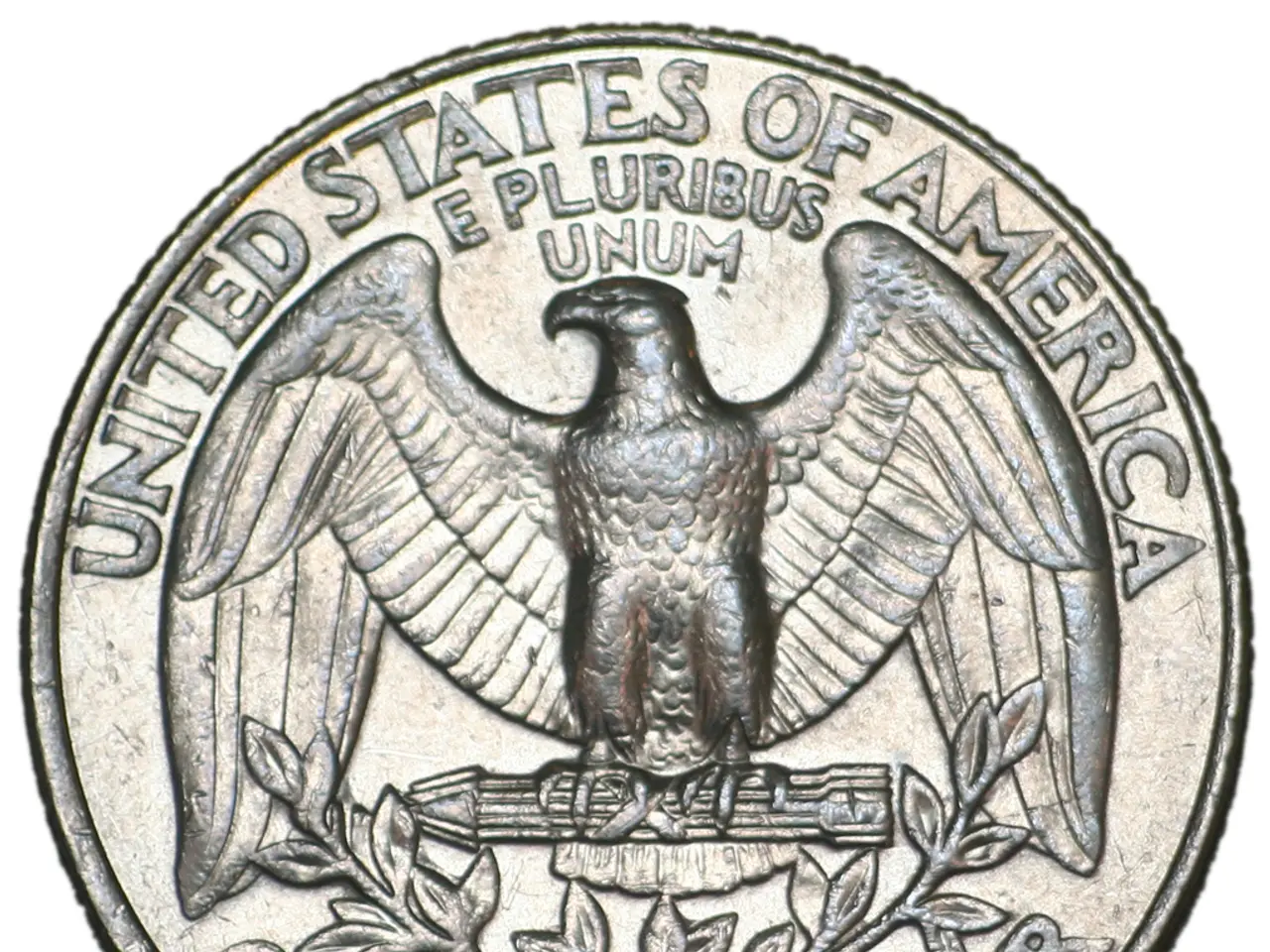Will Dogecoin Achieve a Value of $1 within a Decade?
In the world of cryptocurrencies, Dogecoin (DOGE) has garnered significant attention due to its meteoric rise over the past decade and its meme-inspired origins. However, the prospects of Dogecoin reaching $1 within the next 10 years are uncertain and a topic of much debate among analysts.
Current and near-term price outlooks for Dogecoin are modest, with predictions for 2025 mostly ranging between $0.18 and $0.37. Even by 2026, estimates suggest a potential maximum around $0.47, but commonly much lower averages. The long-term price predictions, on the other hand, vary greatly. Some sources project Dogecoin could reach or exceed $1 by 2030, with some optimistic forecasts even suggesting prices above $3 by 2031 and $14–$25 by 2040.
However, these bullish scenarios depend heavily on sustained community support and market momentum. Dogecoin's price remains highly volatile, influenced by market sentiment, meme-driven hype cycles, and social media trends rather than strong fundamental demand or technological innovation. This volatility results in unpredictable price movements, making long-term predictions speculative.
Another factor to consider is Dogecoin's lack of a supply cap. Unlike Bitcoin, Dogecoin has no maximum supply limit, which means new coins will continue to be mined indefinitely. This inflationary supply characteristic generally puts downward pressure on price appreciation over time, reducing the likelihood of significant price surges unless offset by massive demand growth.
For Dogecoin to reach $1 by 2035, it would need to increase by 525%, or 20% on an annualized basis. Given its current price of $0.16, this is a significant leap, especially considering the cryptocurrency's unpredictable nature and lack of a supply cap.
The SEC's potential approval of Dogecoin ETFs could signify the cryptocurrency as a legitimate financial instrument, potentially bringing in significant capital. As of June 26, there are multiple Dogecoin exchange-traded funds (ETFs) waiting for approval from the Securities and Exchange Commission (SEC).
However, competition is stiff for Dogecoin, with investors having plenty of other choices for meme tokens. Bitcoin, for instance, has a hard supply cap of 21 million, making it a safer bet compared to Dogecoin in terms of long-term investment. Bitcoin's financial services ecosystem continues to expand, further bolstering its appeal.
As of June 26, Dogecoin trades 78% below its peak from May 2021, reflecting its unpredictable nature. The cryptocurrency market, including Dogecoin, is valued at $3.3 trillion, with Dogecoin currently worth $24 billion, making it the ninth-most valuable cryptocurrency.
In conclusion, while some highly bullish models envision Dogecoin hitting and even surpassing $1 within the next decade, most conservative and moderate forecasts suggest it will remain below this level for the foreseeable future. Prospective investors should weigh these risks carefully against the potential for speculative gains driven primarily by social sentiment rather than fundamental value growth. Those expecting Dogecoin to reach $1 in 10 years, or ever, should temper their expectations.
Investors interested in long-term finance and investing may find themselves discussing Dogecoin (DOGE) as a potentially profitable asset. However, the likelihood of DOGE reaching $1 within the next 10 years is speculative due to its high volatility and unpredictable nature, especially considering its lack of a supply cap and dependence on market sentiment.
The Securcy's potential approval of Dogecoin ETFs could potentially boost the cryptocurrency's legitimacy as a financial instrument, thereby attracting significant capital. This, combined with sustained community support and favorable market momentum, could contribute to DOGE achieving higher price levels, but reaching $1 by 2035 would require a substantial increase in its current value.







